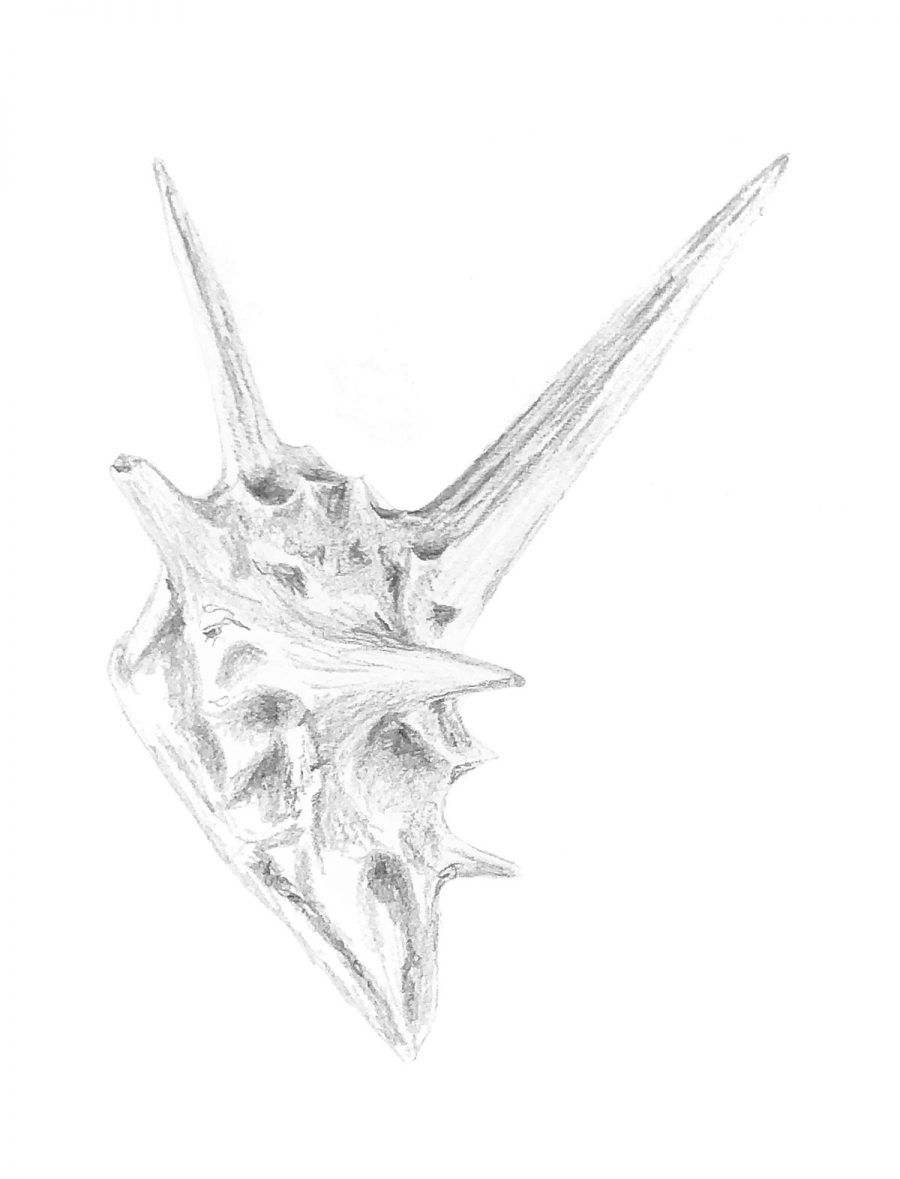someone screaming downstairs
we ignore it for a bit
happens a lot, it’s a narrow street, drivers get angry
but the screaming doesn’t stop
and the screaming moves, she’s running
we look out the window and down
a man in the middle of the street alone, blocking traffic, filming, wearing a motorbike helmet
shiny puddles on the pavement, from the middle of the road up to the sidewalk
a black hat in the middle of an intersection
all the cars backed up
askew and no honking
there’s a shirtless boy crouching against the fence
(I say “boy” because he’s so lanky, but he’s in no way a child)
the puddles lead to him
he leans on to something just barely out of sight
the woman is there now, she’s in a dusky pink headscarf
she is still screaming
then there are five people
then there are fifteen
(where is the ambulance? where are the sirens?)
a woman with short brown hair and a red jumper gets out of her hatchback
her little boy is in the front seat, craning his neck
she tries to help
more people rushing out of sidestreets and estates
the woman in pink is still wailing
the boy is still crouching
the woman in red has done what she can
or could not
she gets back in her car
the man who was filming is gone
the sun is nearly down
a large man bursts out of the building opposite
pacing, yelling
his hands on his head, in the air, clasped behind his neck
he sprints inside suddenly, trailed by others
so many voices and directionless running
finally sirens, a helicopter
(where does a helicopter land in east London?)
a police van flies over a speedbump
a medic jumps out and runs to the crowd
he is confronted by the woman in pink
“YOU *HAVE* TO STAY CALM”
he yells over her
she turns and runs away
he gets through to the shirtless boy
still crouching
eventually the boy gets up
no top in his hands
left shin of his grey sweats soaked in blood
a friend runs up, puts his arm around him
they wander
the police struggle to disperse a frantic crowd
“he’s DYING”
the large man is back, his sobs carrying over everything else
cyclists come through
nearly in the middle of it before the realise what is going on
cordons go up, people ordered to stay back
go home
(where do you go after something like this?)
boys pace endlessly
sudden bursts, trying to push through
the shirtless boy has a foil blanket and shuffles away
at the cordon he is gently turned back towards the scene
he’s not done yet
the large man is heaving with tears, suddenly rushing the medics and being held back
he collapses on the hood of a car
more sobs
the woman in pink is still wailing
the large man tears at himself
boys sneak through the cordons to see their friend
neighbours lean out of windows
so many spectators
he’s finally in an ambulance, in foil
medical wrappers blow around the street
the black hat is gone
Last night, I saw the immediate aftermath of a stabbing on Arcola Street in Dalston from the top floor of Cell Northside in a shared corner studio with large windows looking east and south. It was surreal, as if in slow motion, and completely impossible look away. It felt like an hour, but later on I realised it was probably 15, 20 minutes max. It was hard to understand what was going on at first. I kept hoping it was something else, maybe that he had been hit by a car (how does that make it better?).
News reports say that he’s stable, and that two suspects have been arrested. I think that the shirtless young man probably saved his life.
I didn’t really know what to do after that. Writing down what happened helped me stop replaying it in my head.
I don’t know what to say beyond this, and I’m not 100% sure why I’ve published it here except that it feels important to share and to remember. The large man’s anguish was unbearable.








